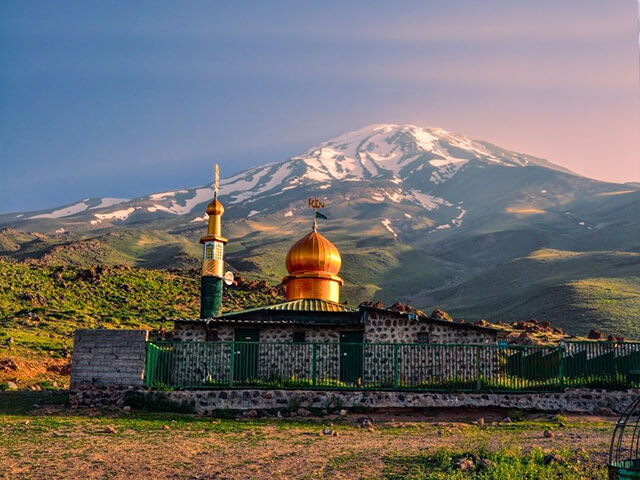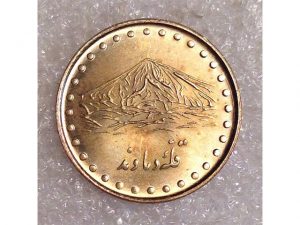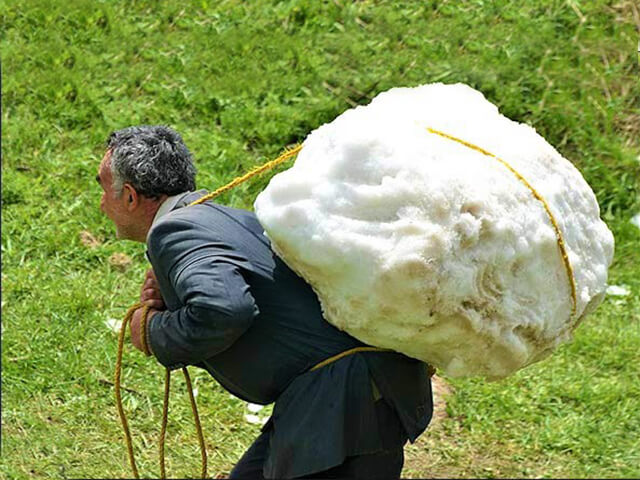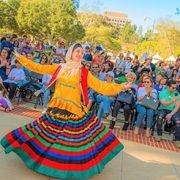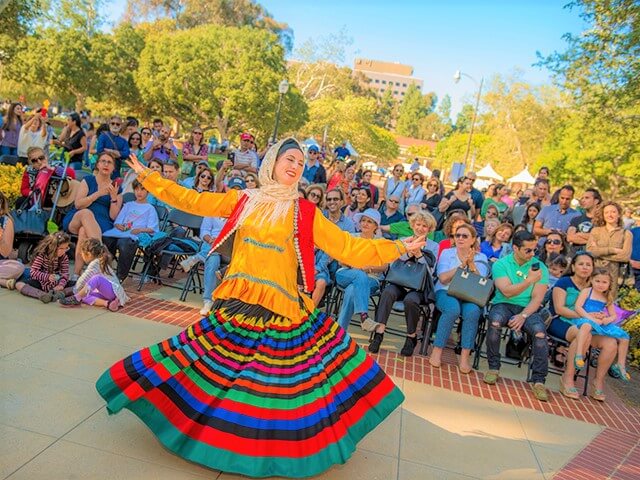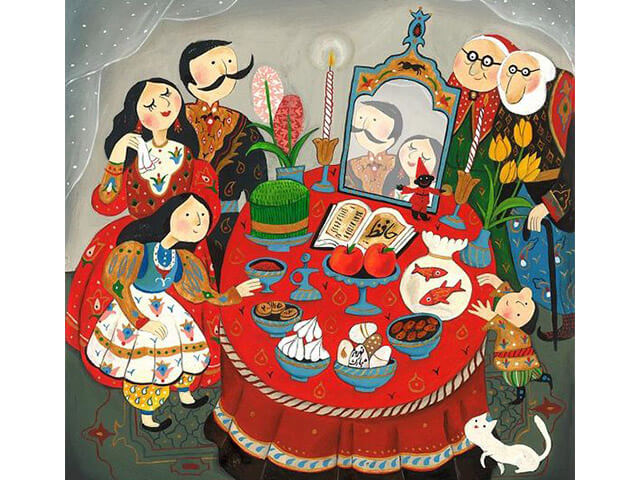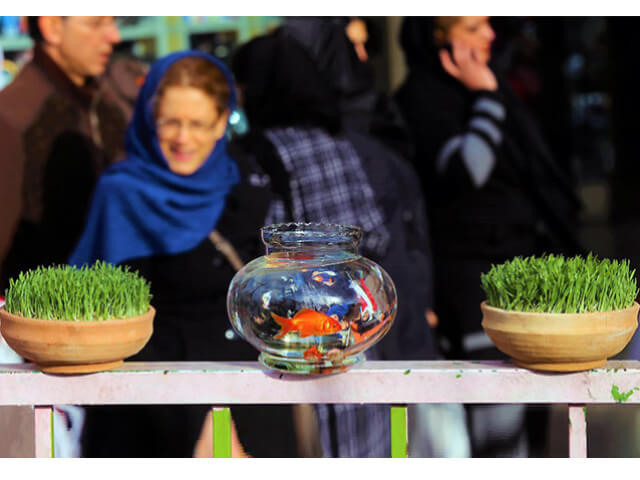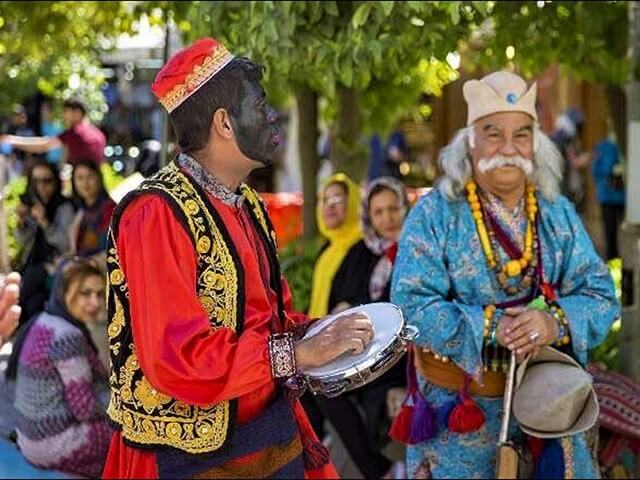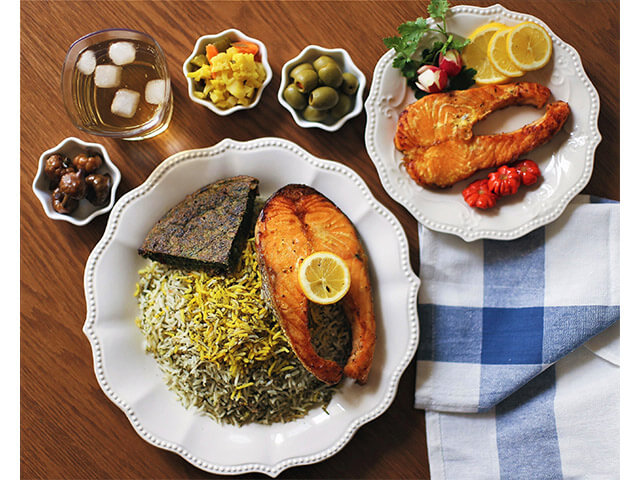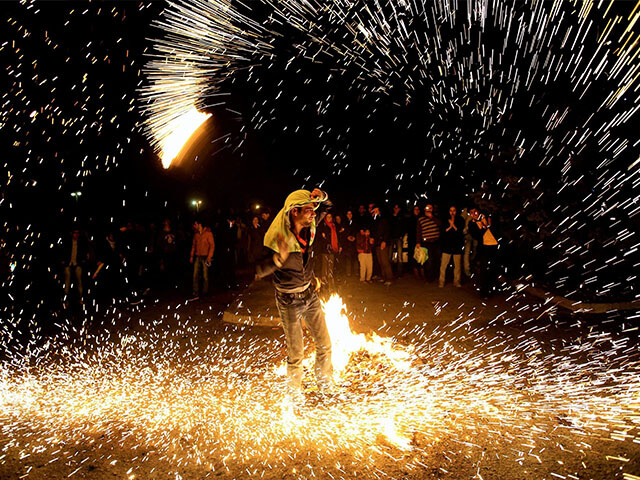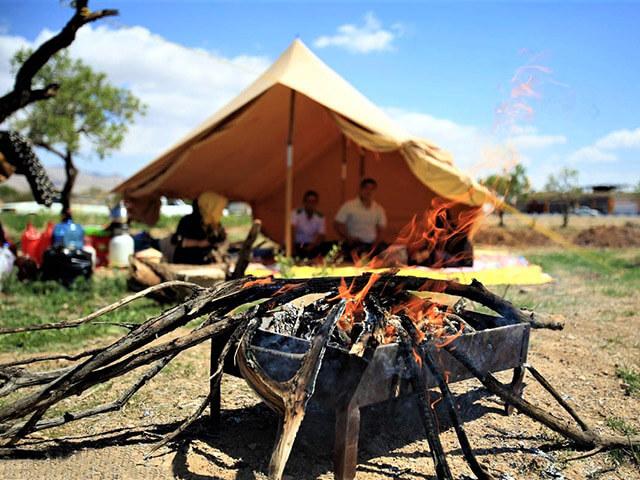Damavand; The Symbol of Resistance
The Importance of Damavand for Iranians
Damavand mount has a special place in Iranian mythology and stories. This mount has had a significant impact on the thoughts of the Iranian people throughout history. You cannot find any mount as tall as Damavand in the Alborz mountains. The greatness and glory of this mount have been engaging the minds of the people for so long. Therefore, the ancient geographers thought of it as an unreachable mount. The ancient Iranians believed that the ski is holy. Therefore, Damavand mount which is the closest place to the ski is counted as sacred as well.
Also, due to its unique place in history, Damavand affects the lives of the Iranians in many ways. Damavand has been the subject of many artistic and visual works by famous artists. This mount is still a symbol that you can see in different places. Its pictures are on the current Iranian money, coins, posters, etc.
Barfchal Ceremony
The inhabitants of Ab Ask village perform this ritual every year in the spring. They collect the snows left since the winter and collect them in a whole. This ritual shows the foresight of these people. They store the snows so they can have enough water in summer. At the end of this ritual the time of having food and celebrating comes. The inhabitants of Ab Ask village do this ceremony mostly because of their religious beliefs nowadays. This ceremony has been held for more than six centuries now.
Mount Damavand in Iranian Mythology
Many stories and myths are about Damavand due to its holiness. Some of the most critical mythologic events have occurred in Damavand. This mount is most famous for the legend of Zahaak and Fereydoun. Here are two of the most famous Iranian myths related to Mount Damavand.
Zahhak and Fereydoon:
According to Shahnameh by Ferdowsi Zahaak was a ruler that evil was able to deceive him easily. He had two snakes on his shoulders because the devil had kissed his shoulders. These two snakes were not removable because as soon as someone cut off their heads, another snake would replace it. These two snakes only ate human brains for food. Therefore, Zahaak had ordered to kill two men each day and feed their brain to these snakes. Fereydun was a young man who agreed to lead the people against Zahaak. He fought Zahaak and defeated him in the battle. But, he didn’t kill Zahaak. Fereydun imprisoned him in a cave underneath mount Damavand. This cave is the place where Zahaak will stay until the end of the world. Still, some of the residents near mount Damavand believe that Zahaak is in that cave. They also think that some of the sounds they sometimes hear in Damavand are Zahaak shouting and crying.
Arash the Bowman:
In a war between Iranians and Turanians, both sides agreed for peace. They decided that wherever the bowshot of an Iranian bowman falls, will be returned to Iran. Therefore, the Iranians chose the best archer they had (Arash) and made a special bow and arrow. Arash stood on the top of the Mount Damavand and fired the arrow. The arrow flies since the dawn until sunset. The place where the arrow landed, became the border between Iranians and Turanians. Arash the Bowman dies at the second he fires the arrow because of using all his power. His body tears into pieces and spreads all around Iran and his soul flies with the arrow.
Poems About Damavand
Mount Damavand has always been the symbol of endurance of the Iranians. Therefore, it has attracted the attention of many Iranian poets of different eras. Ferdowsi, Rumi, Nizami, Vahshi Bafqi, Malek o-Shoara Bahar any many others have written poems about Damavand. For example, one of the most famous poems about Damavand is Ode to Damavand by Malek o-Shoara Bahar. In this ode, Malek o-Shoara used Damavand as the symbol of intellects of Iranian society in the 20th century. Malek o-Shoara believes their features are isolation, separation from the ordinary people and being upset with them.
You can see some verses of this beautiful critical poem below:
O’Shackled white demon!
O’dome of the world, Damavand!
You have a helmet on your head of silver
And a belt on your waste of iron
To cover your face from people
You have hidden your face behind clouds.
In order, to be left alone by these human-faced animals
And these demon-like, sinister people,
You have made a treaty with the lion of sky
And unified with the lucky star
When the earth became cold, dark and
Silent by the celestial oppression,
It threw its fist of rage up the sky,
And you are that fist, O’Damavand!
You are that mighty rough fist of earth
Inherited through long centuries
Europeans in the history of Damavand
The first Europian who wanted to conquer Damavand French. His name was Antoine Olivier, and he was a natural sciences researcher. He came to Iran due to his mission for gathering some information about the Middle East. During his first attempt at conquering Damavand, he found sulfurous rocks on his way. However, he couldn’t conquer Damavand on his first attempt. He tried once more some years later, and this time he managed to conquer Damavand successfully.
Jacques de Morgan travelled the north and south of Iran with the help of the French government. Although he did many valuable services in the field of archaeology, he was a geologist as well. In the winter of 1889, de Morgan tries conquering Mount Damavand but fails at 5300 meters. He provides a plan of Mount Damavand and goes back to France.
De Morgan’s program of climbing is significant because it happened 120 years ago in -26 centigrade temperature.
Damavand and Music
Shahin Farhat is an Iranian music composer who has composed Damavand symphony. He mentions this symphony as his best work. This symphony includes three parts; the first part visualizes the personality of Damavand and an abstract conquering. The second part is about the beauties of Mount Damavand. Finally, the third part envisions the snow and blizzard in Damavand. Then, this part finishes by describing the glory of Damavand.


